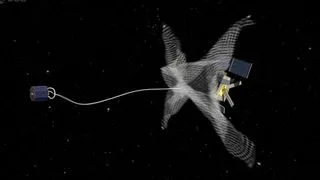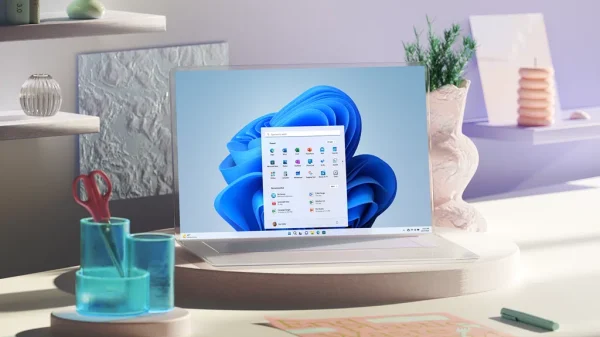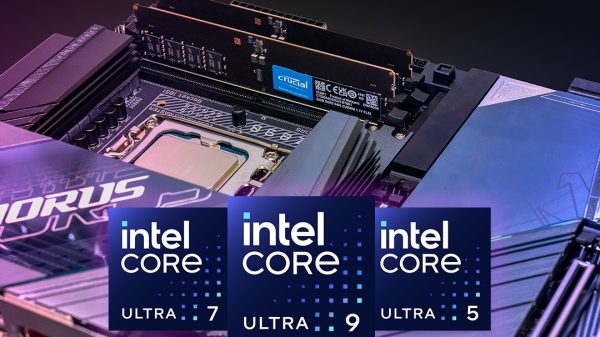Astroscale, a private company specializing in orbital debris removal, has made a significant breakthrough in its mission to safely approach, characterize, and survey the state of a large piece of space junk. The company’s satellite, ADRAS-J, has taken a remarkable image of the space junk, a spent rocket’s upper stage, from a distance of just 50 meters. This image is a significant achievement, as it marks the first time a satellite has been able to capture such detailed imagery of a piece of space junk.
The upper stage of the rocket is approximately 11 meters in length and has been orbiting the Earth for 15 years. It was launched in 2009 to deploy an Earth-observation satellite for Japan. Astroscale’s goal is to study the condition and movement of the space junk in order to develop a plan for its safe removal from orbit. The company has been working closely with Japan’s space agency and has been funded by its Commercial Removal of Debris Demonstration (CRD2) program.
The space junk is just one of millions of pieces of debris orbiting the Earth. These pieces of debris can come from a variety of sources, including old rocket parts, decommissioned satellites, and fragments that have resulted from collisions between these parts. The debris poses a significant hazard to functioning satellites and human-crewed habitats, such as the International Space Station and China’s space station.
Removing this debris is crucial, and international efforts have been underway for years to develop a plan for its safe removal. NASA estimates that there are close to 6,000 tons of space junk orbiting the Earth, and the agency is working to develop a strategy for its removal.

Space Junk Removal Efforts Take a Crucial Step Forward
Astroscale’s mission is a critical step forward in this effort. The company’s satellite, ADRAS-J, was able to approach the space junk using GPS and ground-based observation data, and then used an onboard infrared camera to take detailed images of the debris. The company plans to move even closer to the debris to capture more detailed images, which will be crucial in developing a plan for its removal.
The data and images collected by ADRAS-J will be used to better understand the debris and provide critical information for future removal efforts. Astroscale’s mission is a significant achievement, and it marks an important step forward in the efforts to remove space junk from orbit. The company’s work has the potential to make a significant impact on the future of space exploration and the safety of satellites and human-crewed habitats.
In addition to Astroscale’s efforts, NASA is also working to develop a strategy for removing space junk from orbit. The agency has been conducting research and testing new technologies to remove debris from orbit, and it is working with international partners to develop a global plan for removing space junk.
Removing space junk is a complex and challenging problem, but it is a crucial one. The debris poses a significant hazard to functioning satellites and human-crewed habitats, and its removal is necessary to ensure the continued safety and efficiency of space exploration. Astroscale’s mission is a significant step forward in this effort, and it has the potential to make a significant impact on the future of space exploration.








































